Hello,
I have some questions about LMX2541, when configured 500Mhz output, the FTEST/LD could be pulled high successfully, but the output waveform has harmonics。
The configuration is as following:
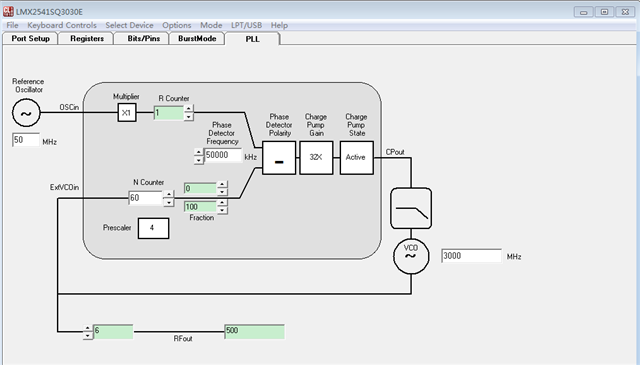
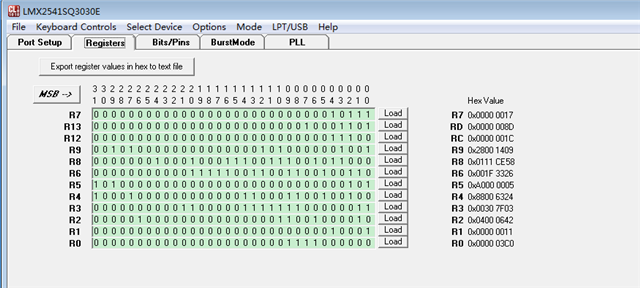

Question 1:The 500Mhz output waveform is tested as this, we could find that it is abnormal. Why?
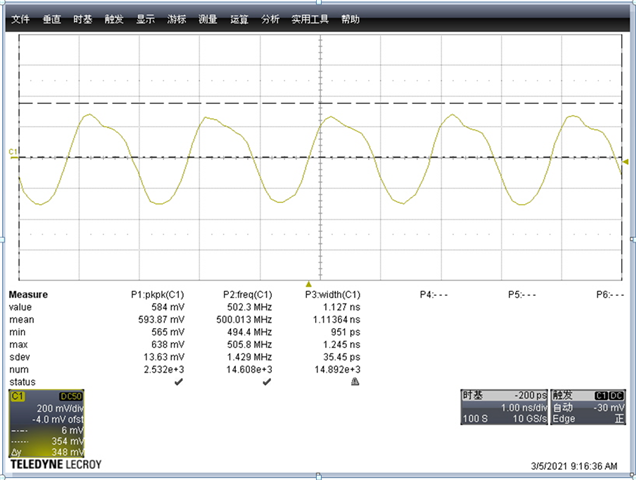
Question 2: When used frequency meter to test the 500Mhz output, and sample time is 200ns,P-P is 0.9Mhz, and we could find that the std=0.18Mhz is a little big. Is it normal?

While the clock source is as this:
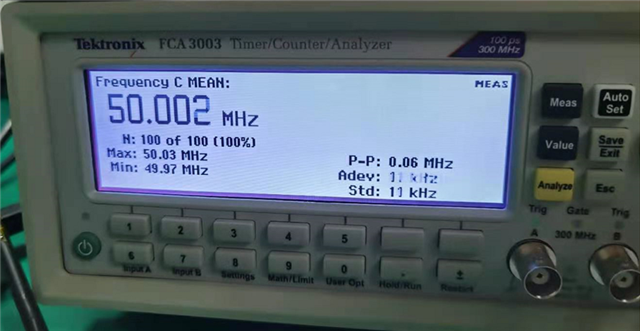
Question3; When tested the 500Mhz output with spectrum, we find that it would appear harmonics with 1G and 1.5Ghz frequency. If changed the clock source with signal generator, it would also appear harmonics, so the harmonics has no relation with clock source, how to generate the harmonics?
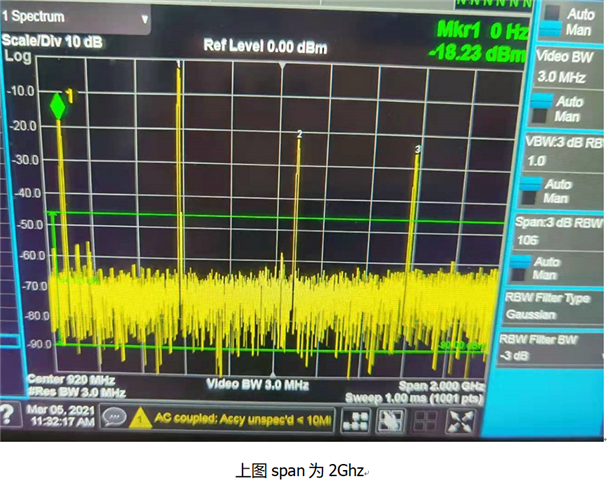
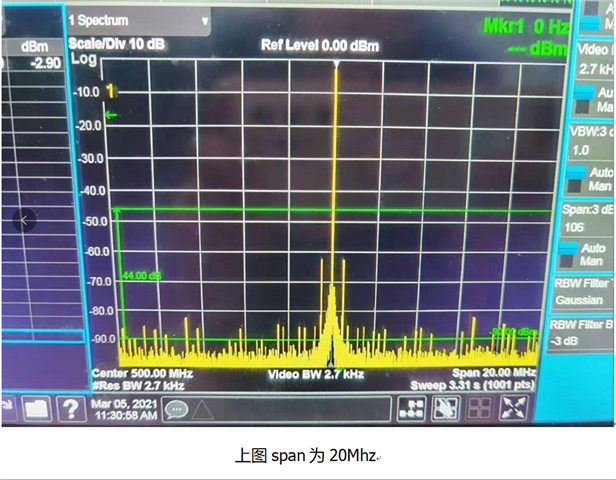
Question 4: If we changed the divider from 6 to 3,and output 1Ghz clock, and with the same tested condition, we could find that the output waveform is better than 500Mhz output. And we tested with frequency spectrum, it also has 2G,3G harmonics, but the harmonic amplitude is lower than 500Mhz.
So why the performance is better with higher frequency? Does it has any other design consideration?

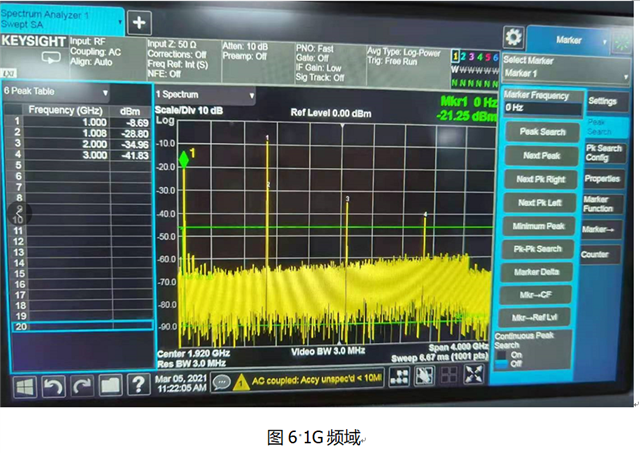
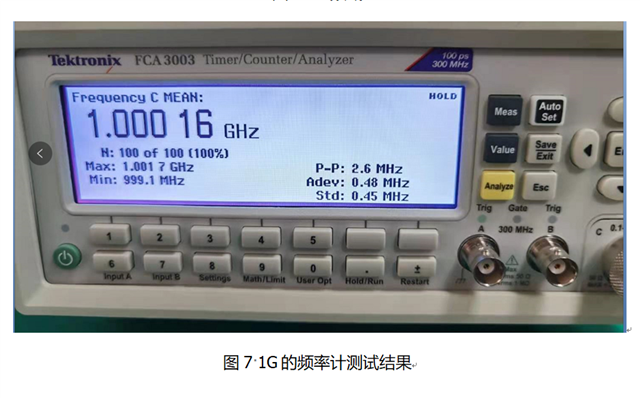
Best regards
Kailyn

